Last updated on September 5th, 2025 at 11:08 pm
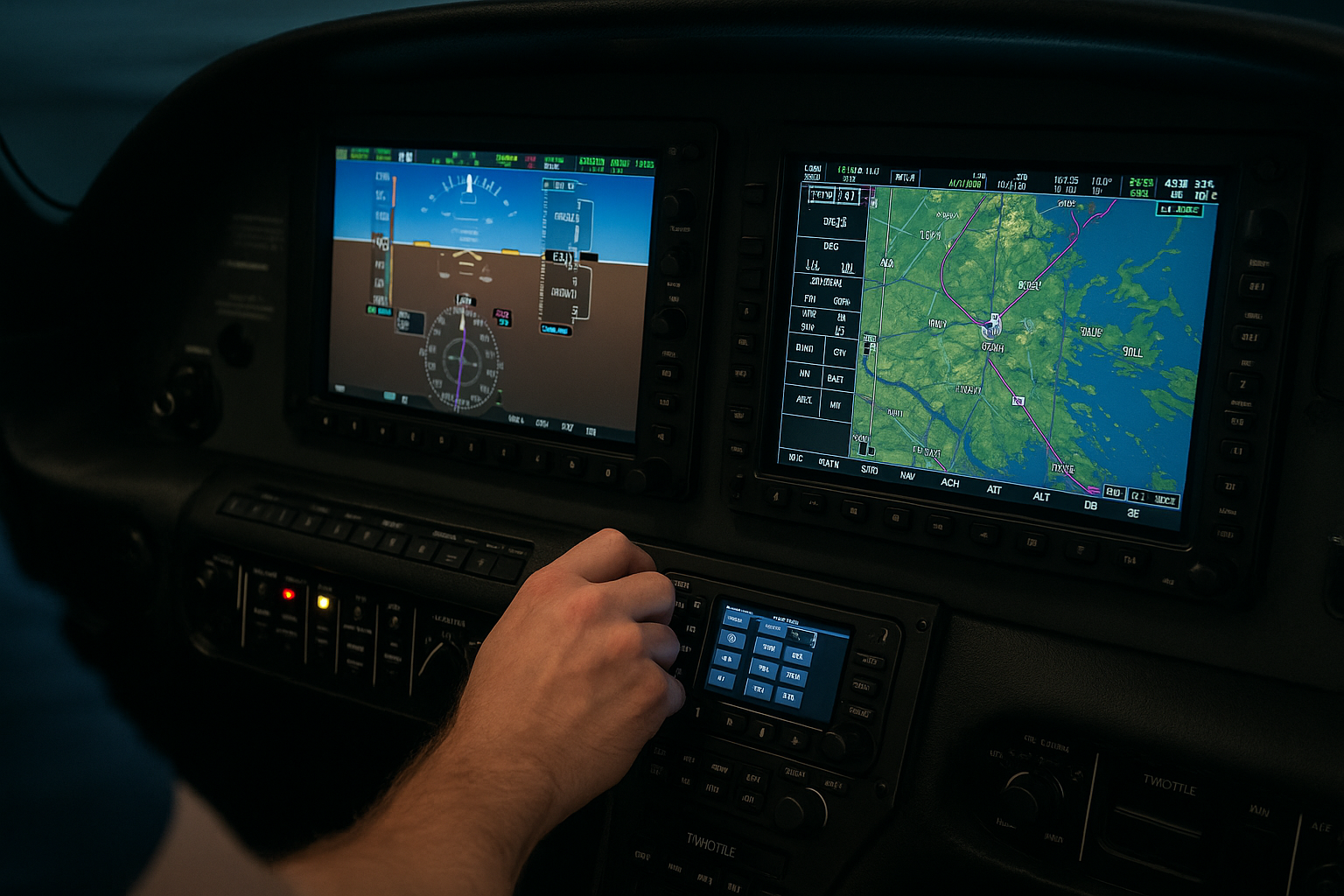
Modern cockpits are a world apart from the old, dial-filled panels we used to know. We’re now in the glass cockpit era, where high-resolution screens take over from analog gauges and bring everything into sharper focus. Systems like Garmin’s G1000 and G3000 lead this shift, making complex flight data easier to read and manage. Make sure your hardware can keep up with this kind of avionics upgrade, check out Essential Hardware Upgrades For Enhanced Sim Experiences.
The G1000 and G3000 boast integrated digital screens known as PFDs (Primary Flight Displays) and MFDs (Multi-Function Displays). All your critical navigation, engine data, and systems information are right there at your fingertips on high-definition screens. For sim users diving into these, understanding what each icon and display means is crucial for seamless operation.
Even for seasoned sim users, moving into glass cockpit setups can feel like learning a new language. The Primary Flight Display (PFD) gives you critical flight info—like speed, altitude, heading, and attitude—all in one clean layout. The Multi-Function Display (MFD) goes a step further, handling your flight plan, engine data, weather, and traffic alerts, making it a powerful tool once you know where to look.
Between the two systems, the design and functionality vary slightly. The G3000, for instance, introduces touch-screen controls for a more user-friendly experience, while the G1000 sticks to a button-based interface which some find more reliable depending on use-case scenarios. By practicing regularly with both systems, users can identify which suits their style better.
It’s normal to hit a few bumps when shifting from analog to digital. Even experienced sim users can feel overwhelmed at first—whether it’s interpreting the layout or just adjusting to the flow of information. The key is not to rush. Try starting with a short VFR route using basic nav features, then slowly bring in the more advanced tools. You’ll find that glass cockpits go from intimidating to intuitive with just a bit of hands-on time.
Mastering the Flight Management System (FMS): Automation in the Virtual Skies
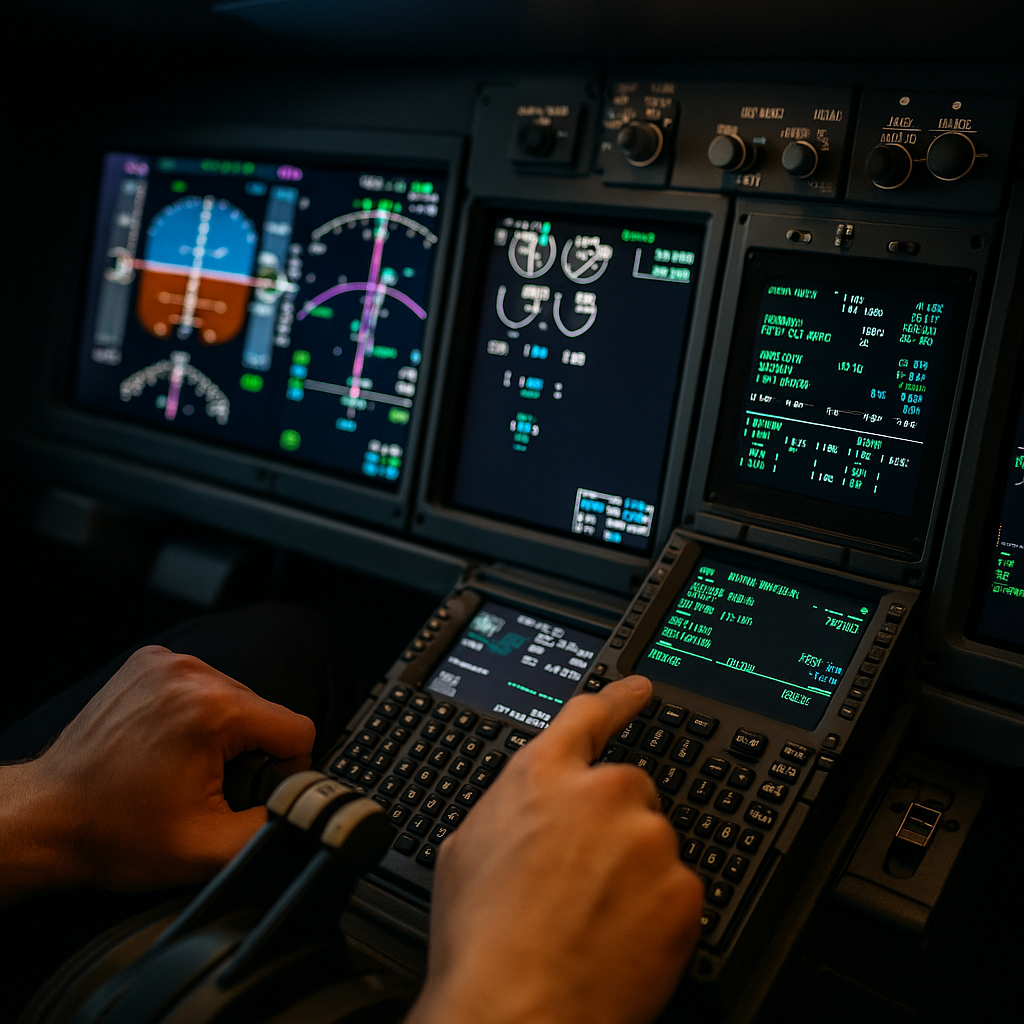
The Flight Management System (FMS) is like having a digital co-pilot—one that handles a lot of the behind-the-scenes work so you can focus on flying. It takes over many of the tasks we used to manage manually, from routing to fuel efficiency. Once you get the hang of it, it feels like programming your aircraft’s brain to fly smarter, not harder.
One of the key features of an FMS is its ability to create and manage detailed flight plans. This involves entering routes, waypoints, and altitudes to let the system handle some navigation aspects. The result is more hands-off flying, where you can focus on managing other flight dynamics. Systems found in the Airbus MCDU or Boeing CDU are popular in flight sims, offering realistic functionality for those craving authenticity.
To really make the most of an FMS, you’ll want to get comfortable with VNAV and LNAV. These modes handle things like climbs, descents, and turns automatically based on your flight plan, which takes a lot off your plate—especially during busy phases like takeoff or approach when your focus needs to be sharp. For a deeper dive into automation and how to harness its full potential, check out our guide on Mastering the Flight Management System (FMS): Automation in the Virtual Skies.
Building confidence with an FMS takes time. Start by practicing simple routes and get familiar with the interface. Inputting basic flight plans and observing how the system adjusts your aircraft will help you understand its logic. Experience straight-line navigation before introducing complex elements like SID and STAR procedures.
Despite the apparent complexity, FMS simplifies flight management for seasoned sim users, letting you focus on decision-making rather than the minutiae of manual controls. Enjoy the sophistication and precision these systems bring, and watch as your flight simulation experiences reach new heights.
Advanced Autopilot Techniques: Elevate Your Simulation Experience
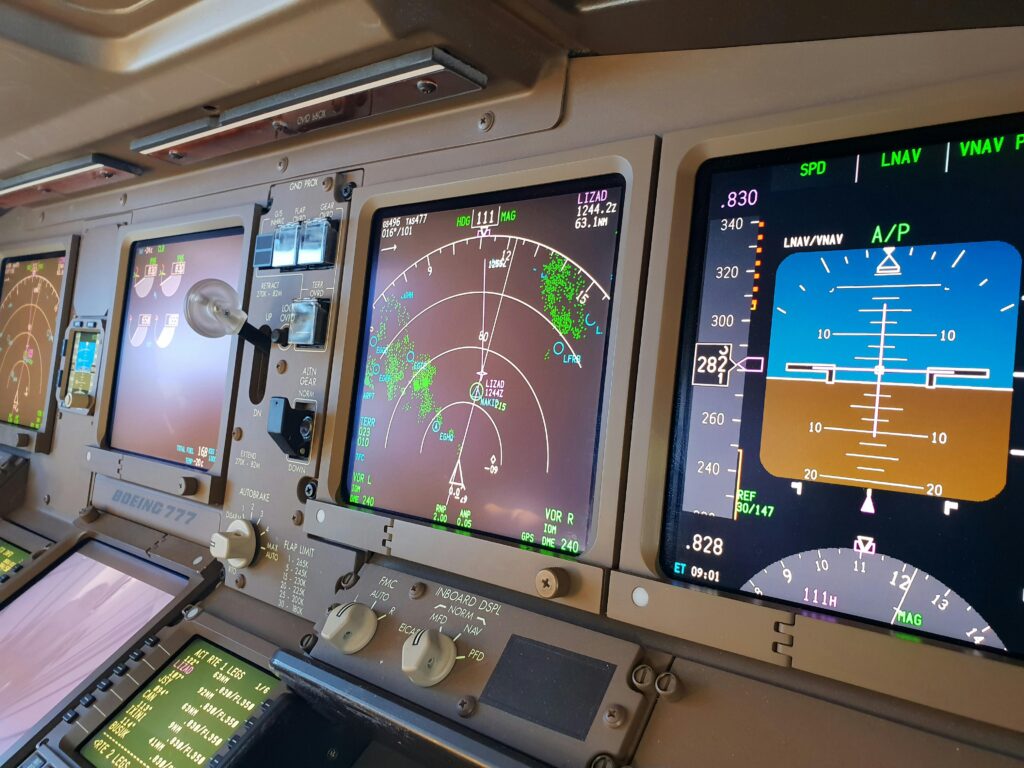
Autopilot in today’s flight sims is way more than just a heading and altitude hold. These systems can manage full flight paths with impressive accuracy—just like in real-world aviation. Once you start using advanced modes, it opens up a whole new level of realism and immersion in your flying. Pairing advanced autopilot with a proper flight control setup can make a big difference — see How To Select The Right Rudder Pedals For Your Simulator for tips.
Advanced autopilot features like VNAV (Vertical Navigation) and LNAV (Lateral Navigation) are designed to follow complex flight paths and approach routes. They can automatically handle transitions between waypoints, altitude changes, and speed adjustments, taking a load off your shoulders during busy flight phases. This means you can focus on monitoring and decision-making, rather than manual flying.
Modes like ILS (Instrument Landing System) and RNAV (Area Navigation) are particularly useful in approach phases, guiding the aircraft down safe and precise paths toward the runway. Entering approach modes can feel like a safety net, providing stability and reassurance during the most critical part of the flight.
Understanding when and how to engage these autopilot features is key. A good practice is starting with short flights to familiarize yourself with each mode’s capabilities and limitations. Notice how the aircraft’s response changes with different settings; this knowledge will be invaluable during longer, more complex flights.
To maximize your simulation experience, troubleshoot common issues you may encounter with autopilot engagements, such as incorrect altitudes or unexpected flight path deviations. Knowing how to resolve these will keep your virtual flights smooth and drama-free, cementing your status as a seasoned sim user.
Real-World Navigation and Flight Planning: Beyond the Basics
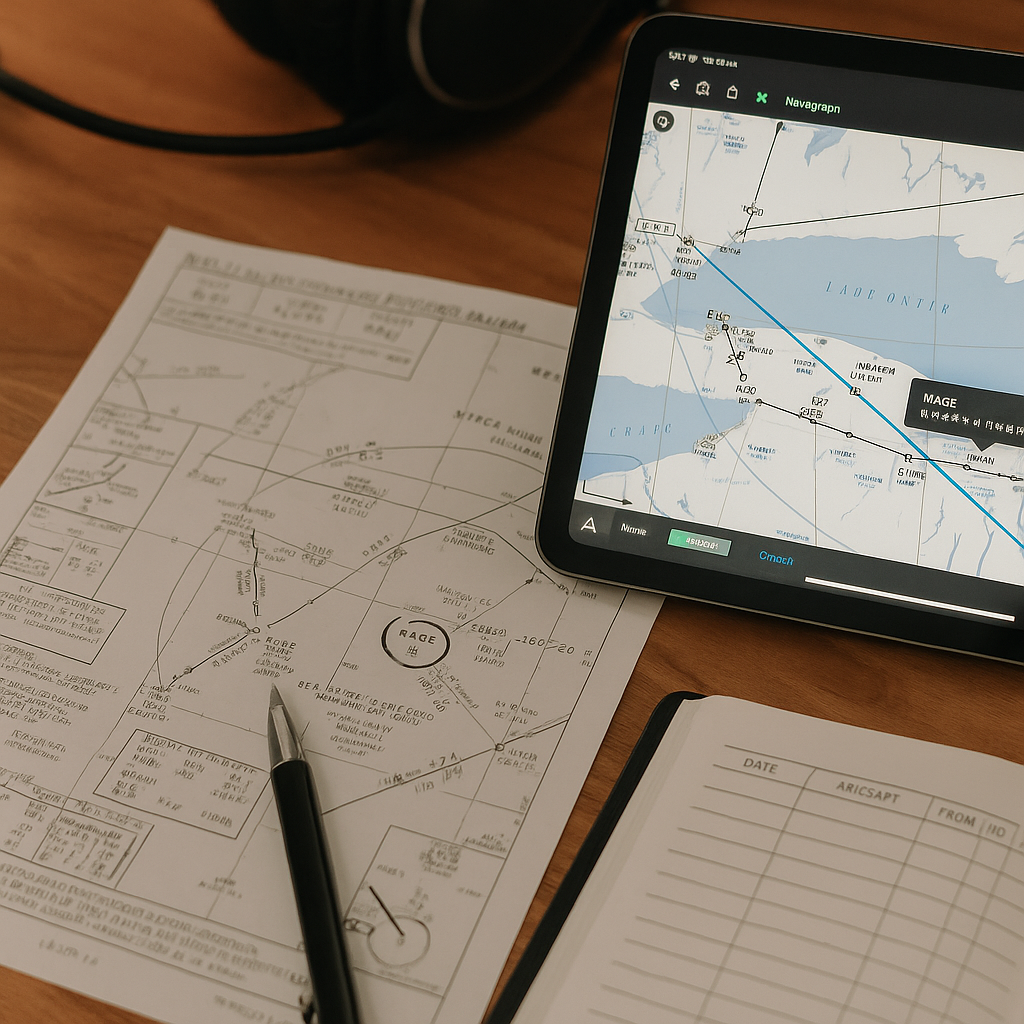
Venturing into advanced navigation and flight planning can transform your simulation flights into authentic, real-world experiences. Mastery over these elements not only enhances realism but also sharpens your skill set for more accurate and rewarding sessions.
A key aspect of professional-level flight planning involves understanding navigational aids like VORs (VHF Omnidirectional Range), NDBs (Non-Directional Beacons), and DME (Distance Measuring Equipment) arcs. These tools form the backbone of traditional navigation methods and are essential even in the age of GPS. For sim users aiming for the next level, accurately interpreting and utilizing these aids is a must.
If you’re looking to plan your flights like the pros, tools like Navigraph, Little Navmap, and SkyVector are great places to start. They give you access to real-world procedures like SIDs and STARs, which instantly make your sim flights feel more structured and authentic. And if you’re ready to build a setup that supports this level of planning, take a look at Building A DIY Home Cockpit On A Budget.
Realism also demands the use of accurate charts and procedures. Sources like Jeppesen or the FAA provide the same data used by pilots globally. Accessing and following these charts brings an added dimension of authenticity and challenges your ability to adhere to precise flight paths while dealing with various air traffic conditions.
Challenges may arise, such as interpreting complex route charts or adapting to sudden changes in flight conditions. The trick is practice and patience. Start with a straightforward route, gradually incorporating more complex elements as your confidence builds. Every successful flight plan you execute is a step towards mastering the art of virtual aviation.
Immersing in IFR and Emergency Scenarios: Realism Meets Preparation

Flying under IFR brings a new level of realism to your sim sessions. It’s a step up from VFR, where you’re often relying on what you can see. With IFR, you’re flying through limited visibility, and your instruments become your lifeline. It takes precision and focus—but it’s one of the most rewarding transitions you can make.
Want to take your IFR flying even further? Try flying with live ATC using networks like VATSIM or PilotEdge. They simulate real-world radio traffic and force you to use proper communication just like real pilots. Getting your phraseology and timing right adds a whole new level of realism—and it makes every flight feel like you’re part of real-world airspace. For a closer look at the best platforms and tools, check out our guide to top software for air traffic control simulation.
Flying IFR isn’t just about sticking to a flight plan—it’s also about staying sharp when things don’t go as expected. Most modern sims let you practice how to respond to failures on the fly, system glitches, or bad weather. It’s a great way to challenge yourself and build confidence in handling tough situations.
To get the most out of realistic flying, keep your sim’s navigation data up to date. Updating your AIRAC cycle and following the latest procedures makes sure you’re practicing with the same charts and standards real pilots use. It might seem like a small detail, but it goes a long way in keeping your sim experience sharp and authentic.
In the end, flying IFR and handling emergencies in your sim is what takes your skills to the next level. It’s not just about following a plan—it’s about staying flexible, reacting quickly, and thinking ahead. That’s what makes simulation feel real—and what defines a seasoned sim pilot. And if your setup still relies on basic gear, upgrading your controls can help with handling emergencies better. Start here: The Best Joysticks For A Realistic Flight Experience.
🧭 Ready to Take the Next Step?
If you’ve made it this far, chances are you’re serious about leveling up your sim setup. Whether you’re just getting into glass cockpits or fine-tuning your FMS workflows, take your time and enjoy the process. Got a favorite avionics setup or a trick that helped you learn faster? I’d love to hear about it — feel free to share or reach out. And if you’re ready for the next challenge, explore more on best throttle quadrants for various aircraft models or multi-monitor configurations to push your sim even further.
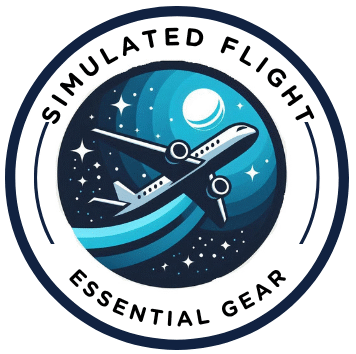
Fantastic deep dive! As someone who’s been interested in the sim world for years, I still find there’s always something new to learn—especially with advanced avionics like the G3000’s touch interface and real-world FMS procedures. The IFR and emergency scenario tips are spot-on for building confidence under pressure.Quick question: when practicing complex approaches like RNAV or ILS in the sim, do you recommend focusing on one avionics suite (like the G1000) until it’s second nature, or alternating between systems to stay versatile?
Hi Jenny,
Thanks so much for your great feedback and for visiting my website! I really appreciate you taking the time to read the article and I’m glad to hear you enjoyed it. I completely agree — there’s always something new to learn in flight sim, especially when working with advanced systems like the G3000 and real-world FMC procedures. They’re such valuable tools for realistic navigation.
Regarding your question: I recommend starting with the G1000. Once you’re comfortable and confident with its features, transitioning to more complex systems like the G3000 or GTN will feel much more natural.
I really enjoyed reading your comment — happy virtual flying!
This was a great read. I’ve used the G1000 quite a bit, but like you mentioned, the jump to the G3000 can feel intimidating. I liked your suggestion about starting with short VFR flights to get comfortable. That feels less overwhelming than diving right into IFR. The way you explained the FMS workflow also helped—it’s usually the part I struggle with. I’m definitely going to take some of these ideas into my next practice sessions.
Hi Israel,
Thanks for your feedback! I’m really glad you enjoyed the article. It’s great to hear that you have experience with the G1000 — and yes, it’s completely normal to feel a bit overwhelmed when moving up to the G3000 at first. But once you’re familiar with the basics, especially through short VFR flights, it becomes much more manageable before transitioning into longer or more complex flights.
I’m also happy to hear that the FMS workflow explanation helped — that part can definitely be tricky for a lot of simmers. I hope these tips make your next practice sessions smoother and more enjoyable!